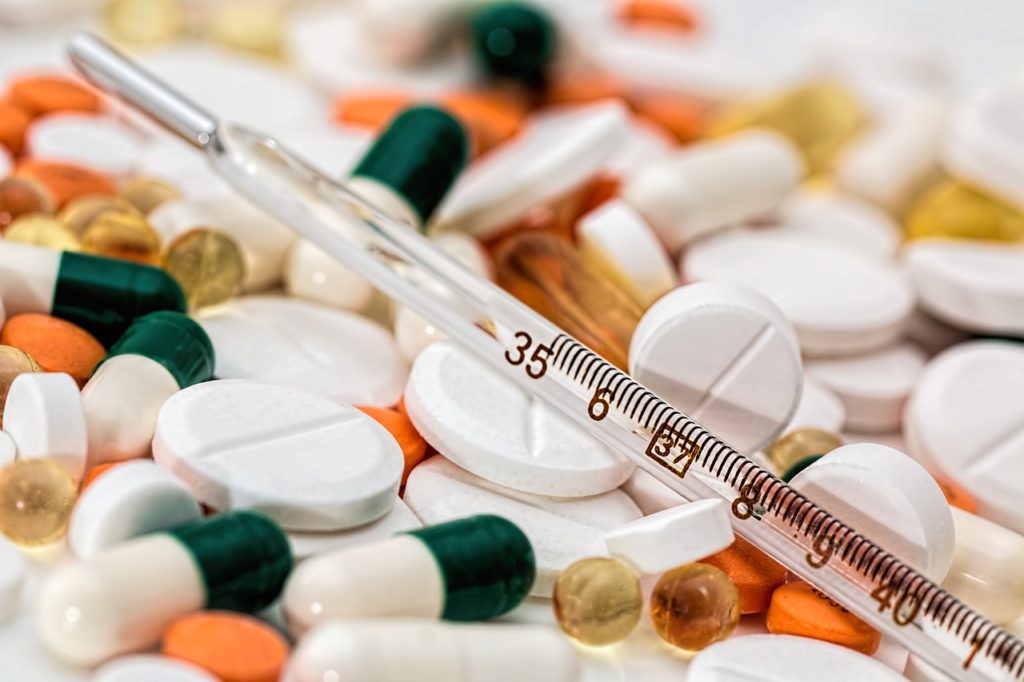Drug addiction among American kids remains a serious problem, with serious consequences that can have long-term consequences in their life. The appeal of experimentation, along with peer pressure, offers considerable obstacles for young people, predisposing them to the perils of substance abuse. In this post, we will look at the dangers of drug misuse for young people in America, as well as solutions to assist them break free from the harmful cycle of addiction and peer pressure.
BONUS: CHECK OUT NO MENTHOL SUNDAY POEMS BY HENRICO’S YOUTH.
https://www.youtube.com/results?search_query=henrico+too+smart+2+start
The Impact of Drug Abuse on Youths:
Drug usage can have a negative impact on a young person’s physical, mental, and social well-being. Physically, drug abuse can cause health problems, impede brain growth, and have a detrimental impact on academic achievement. It can cause anxiety, despair, and mood changes, worsening mental health issues. Drug usage can lead to social isolation, broken relationships, and alienation from beneficial influences, making it increasingly difficult for young people to live a full life.
The Role of Peer Pressure:
Peer pressure is a major motivator for youth drug addiction. To fit in and be accepted by their classmates, young people may participate in harmful actions they would otherwise shun. Saying “no” to drugs might be difficult when surrounded by peers who encourage or participate in substance usage. As a result, it is critical to provide youth with the tools and information they need to resist peer pressure and make healthier choices.
Empowering Youths to Resist Drug Misuse:
- Education and Awareness: The first step in empowering youngsters to make educated decisions is to raise awareness about the hazards of drug abuse. Schools, parents, and communities must work together to provide comprehensive drug education programs that emphasize the short- and long-term dangers of substance abuse. Accurate information can help debunk myths and allow young people to understand the true risks involved.
- Positive Role Models: Young people frequently look up to role models they admire. We can promote hope and resilience by making positive role models available, such as great athletes, artists, or community leaders who have overcome drug addiction. These role models can show that it is possible to overcome addiction and prosper in the face of adversity.
- Promoting Open dialogue: Promoting open and nonjudgmental dialogue with youths is critical in combating drug abuse. Parents, teachers, and mentors should establish safe environments where young people can communicate their worries and experiences without fear of being judged. Listening carefully and providing assistance can go a long way toward assisting teenagers in navigating the intricacies of peer pressure and drug misuse.
- Establishing Strong Support Systems: Strong connections and relationships are essential in keeping youngsters away from drug use. Encourage participation in after-school activities, clubs, or groups that promote positive values and interests. Youth can be helped to reject harmful influences and make healthy choices if they are surrounded by peers who value their well-being.
Conclusion:
The consequences of drug abuse for kids in America are obvious, and the role of peer pressure confuses matters even more. We can enable youngsters to make informed decisions and resist the attraction of substance abuse by prioritizing education, encouraging open communication, giving positive role models, and establishing strong support systems. As a community, we can pave the way for a healthier, drug-free future for our children.

